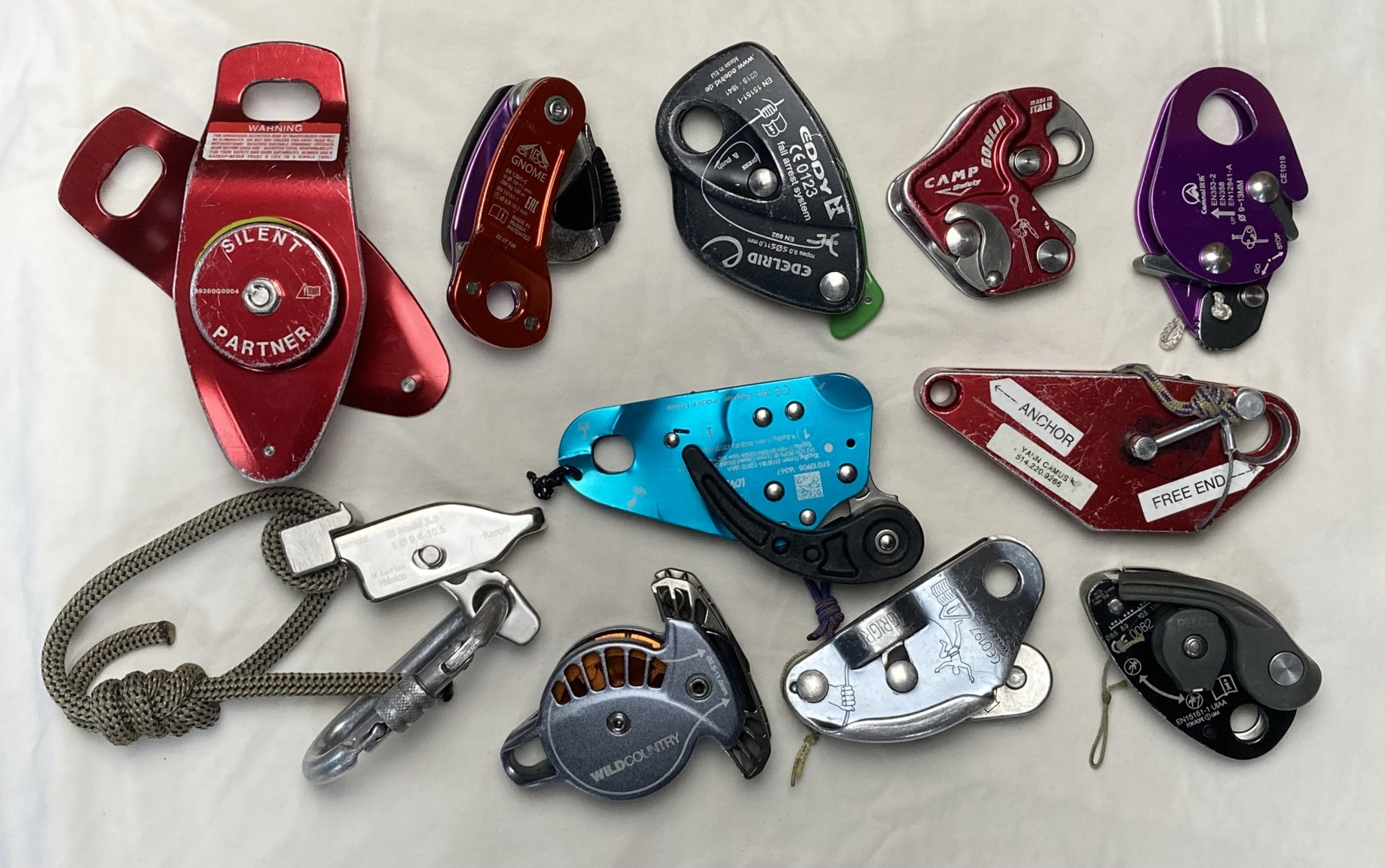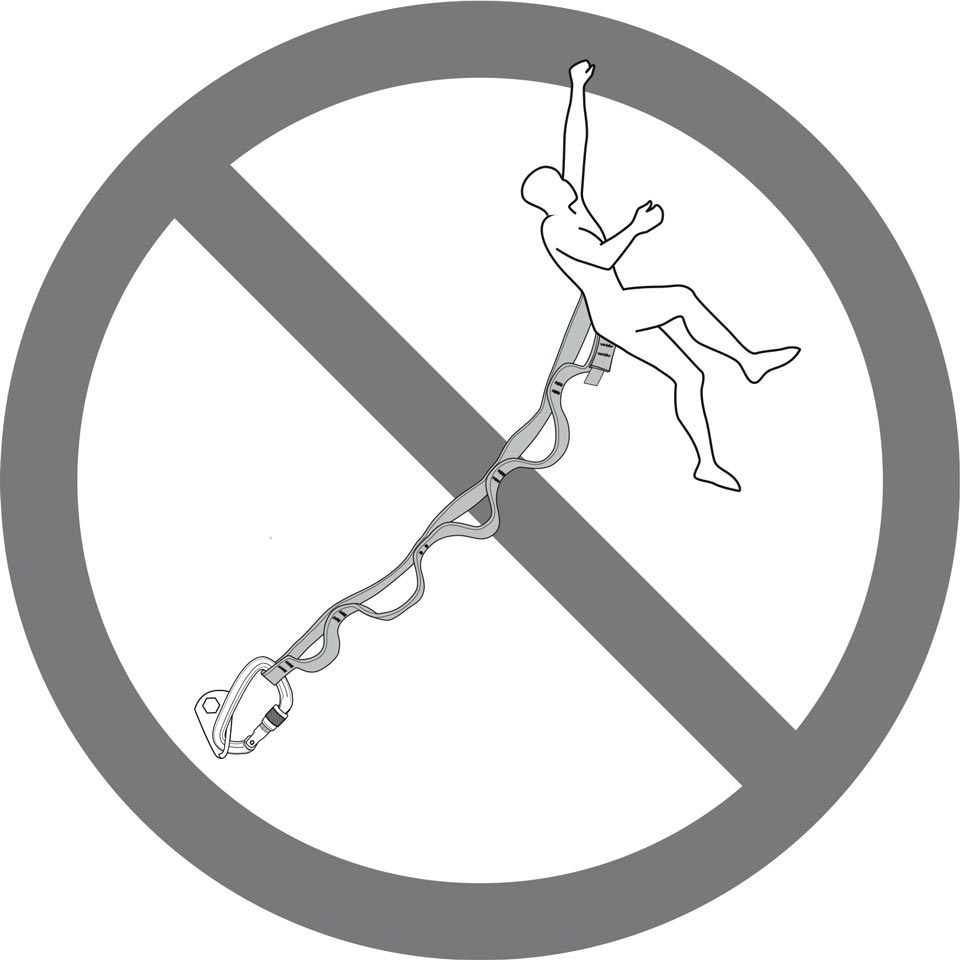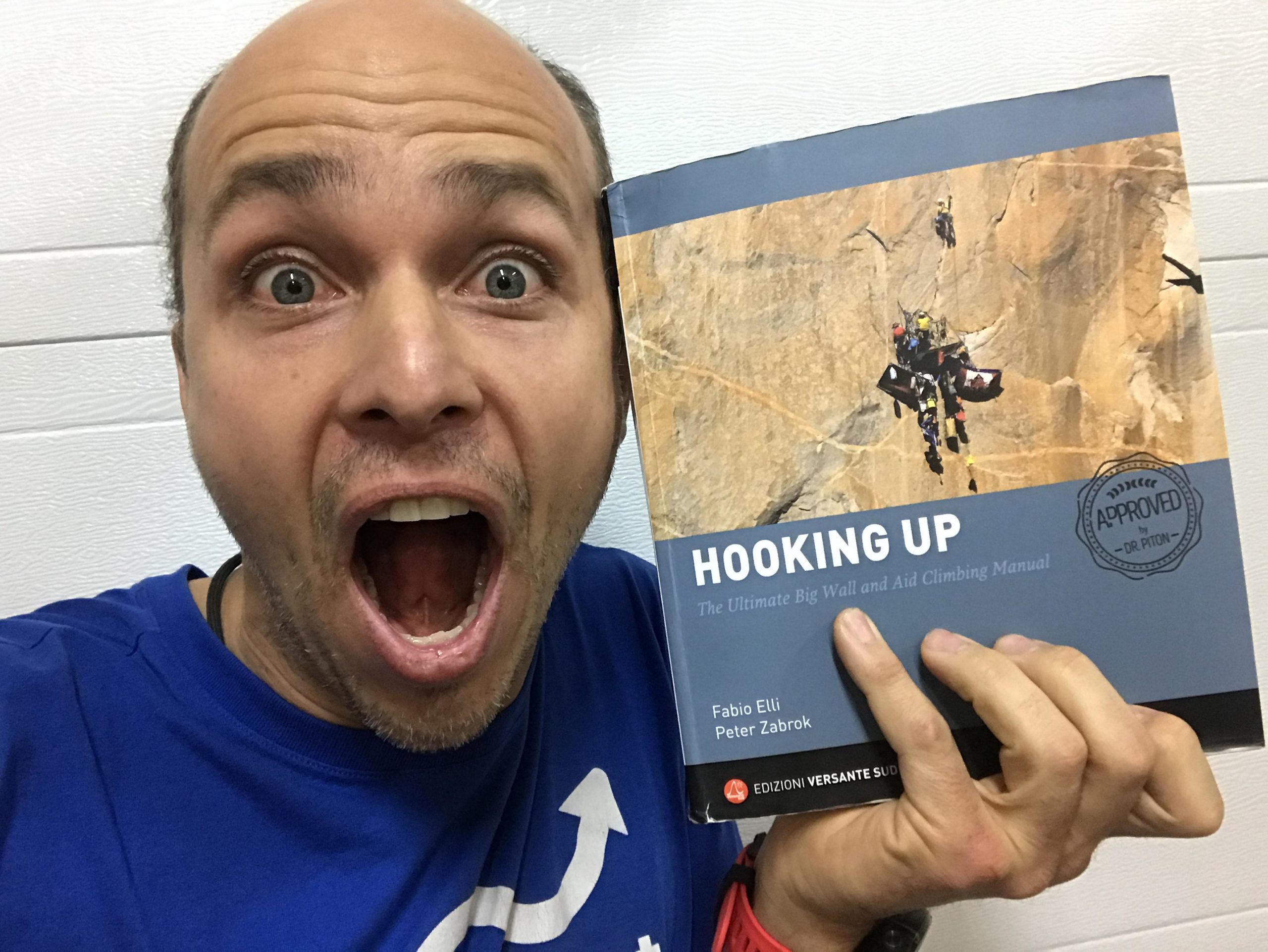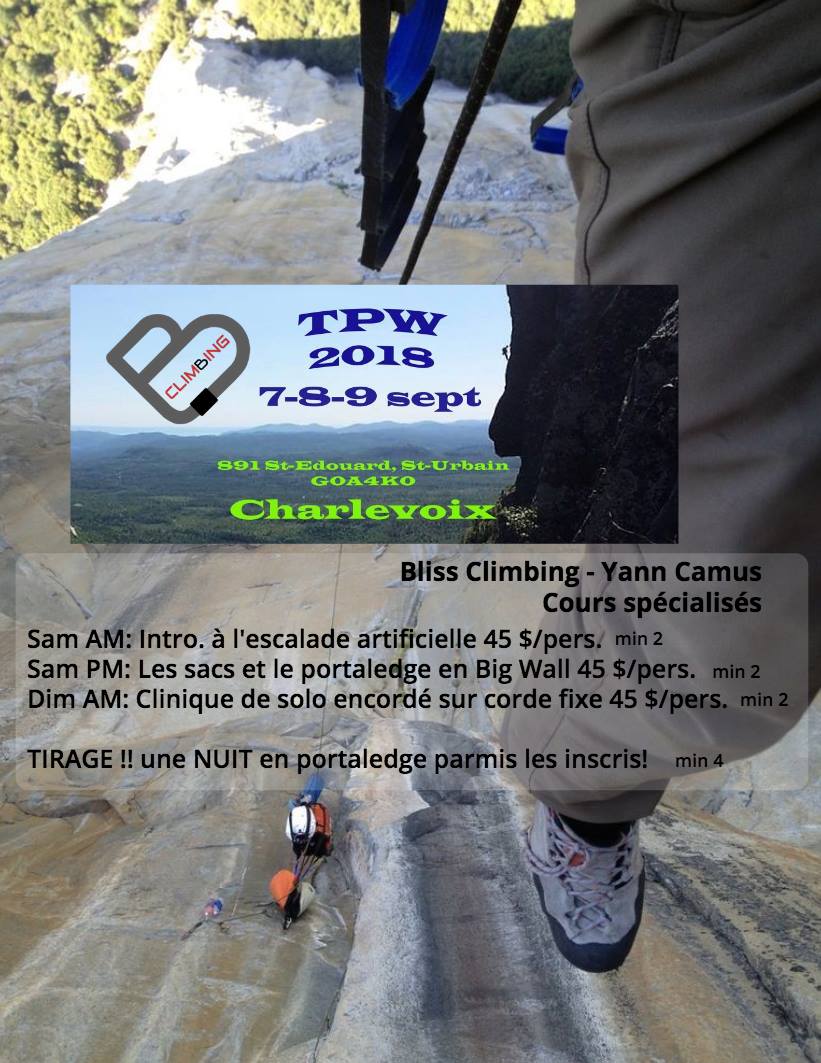I get this question all the time. People want to know what system I recommend in my online courses. What system I think is the safest. What I think is the most simple and efficient. What system I use.
You might be disappointed by my answer. “It depends”.
Foreword
People will usually swear they have the best system. That it is safe since they used it for many years without any injury.
That is not how it should work. It might be the best system for THEM. Lucky if they did not get injured. They might expose themself to a risk they never identified in the first place.
Your tolerance to risk might be different. If you know how the system can fail, you can choose better for yourself! And this is not to mention the survival bias. (google it!)
What system I recommend
In my online courses, I cover 10-14 climbing systems that I believe are safe (enough) and provide tips to help learners climb more efficiently safely. I also show how the systems can fail and how to prevent it or make them reasonably safe. I focus on building a better judgment in the learner. The climber with the best system but poor judgment cannot stay safe.
What I think is the safest
Safety is a lunacy. It is all about risk management. Focus when setting things up and continuous awareness on what is around you. I created a scale about safety in climbing. The safest rope solo climbing systems consist of a primary device and a reliable backup.
What is the most simple and efficient
Free solo is the most simple. But in the world of safety, one is none and two is one. You need a backup! If you have a rope and a dependable device but no hand on the rope, you should not fall. Climbing is your first line of safety and the device is your backup.
You should be able to fall all day with the systems I recommend. If the device fails, the backup should save your life. That is if you do it right, fingers crossed. So many things can happen.
The biggest lie in climbing (in my opinion) is that trad climbing is safe. Pieces of pro are known to be unreliable. If one placement fails in 100, that will result in many accidents worldwide. Always put the odds in your favor and if you think you will fall: put 2 pieces!!
Also beware: I like complicated things. This is probably my biggest flaw. All in all, I don’t teach the most simple. I teach the most efficient way that gets the job done with reasonable risk management. I always imagine my peers climbing instructors looking over my shoulder. If it was simple, so many people would not be at a loss after my 6 years of seriously trying to gather better ways. And after legendary climbers developed the Soloist and the Silent Partner…
What system I use
Whatever system I want to master next in order to possibly teach it. As I write, I will try to find a “safe-enough” way of using the Eddy (never quite found that yet), and will climb a ton with the El Mudo 3.0 because I know it can work. Is it the “best out there”? Time will tell! Do I think someone will break a rope solo speed record using it? I doubt it. Do I think someone will climb a 5.14 trad or 5.14+ sport using it? I doubt it. But hey! I have been proven wrong many times since I started working to be a professional at rope soloing 6 years ago…
You reading: please prove me wrong again!! We will all learn something!
Thanks for your interest! Rope solo evolves thanks to 20k+ people members of the Facebook groups and commenting on my videos!
Be safe out there. Have fun. Climb a ton!
The simplest part of climbing? Finding a partner!
– Bliss Climbing
You want to reach me? Try here! https://dev.blissclimbing.com/en/contact/
Please consider buying an online course from me: you will learn A TON! https://dev.blissclimbing.com/en/online-courses/
NEW! You can now support me through https://www.patreon.com/blissclimbing Easy and safe to opt in or opt out of it and get exclusive perks! Thanks!



